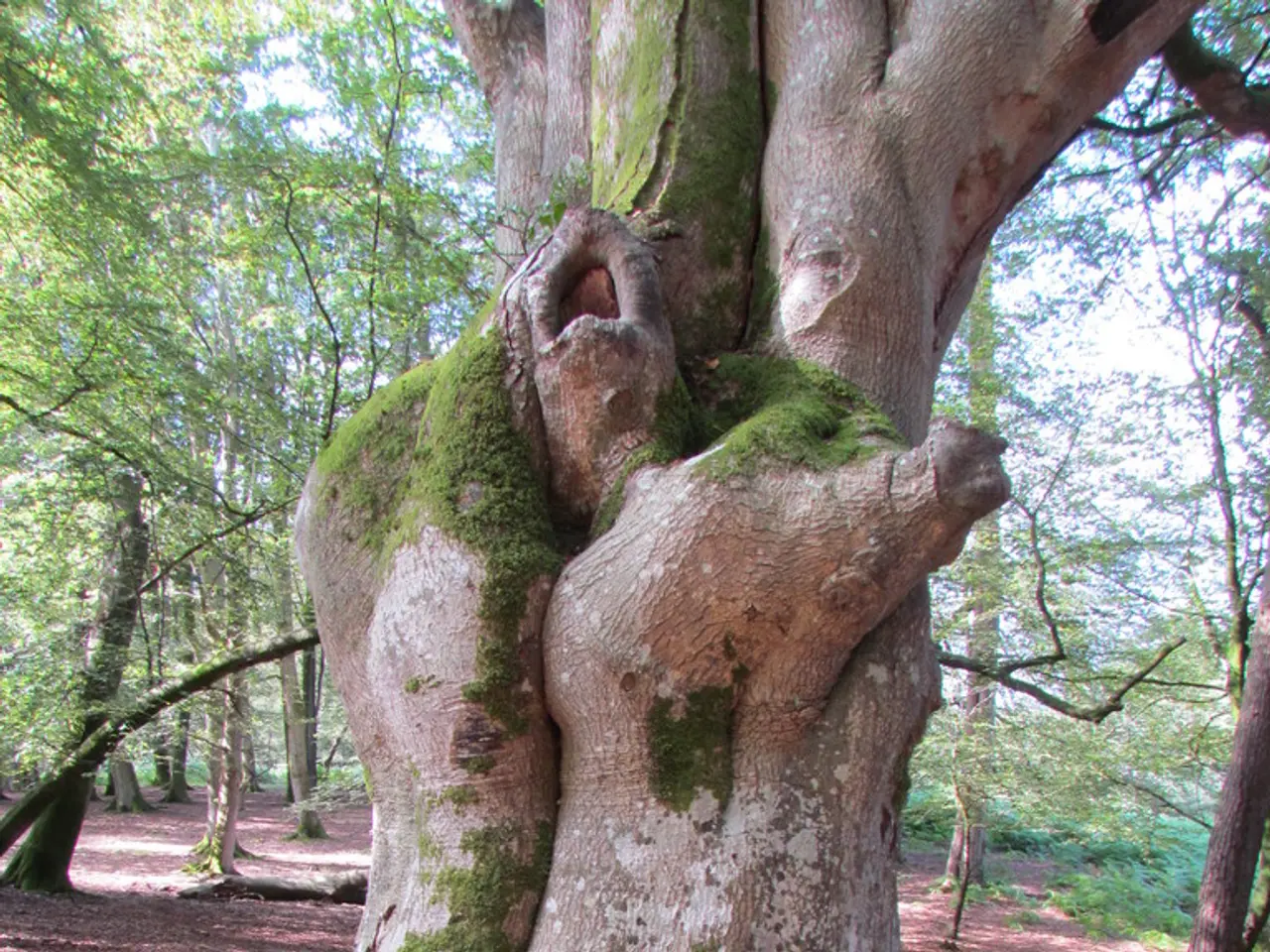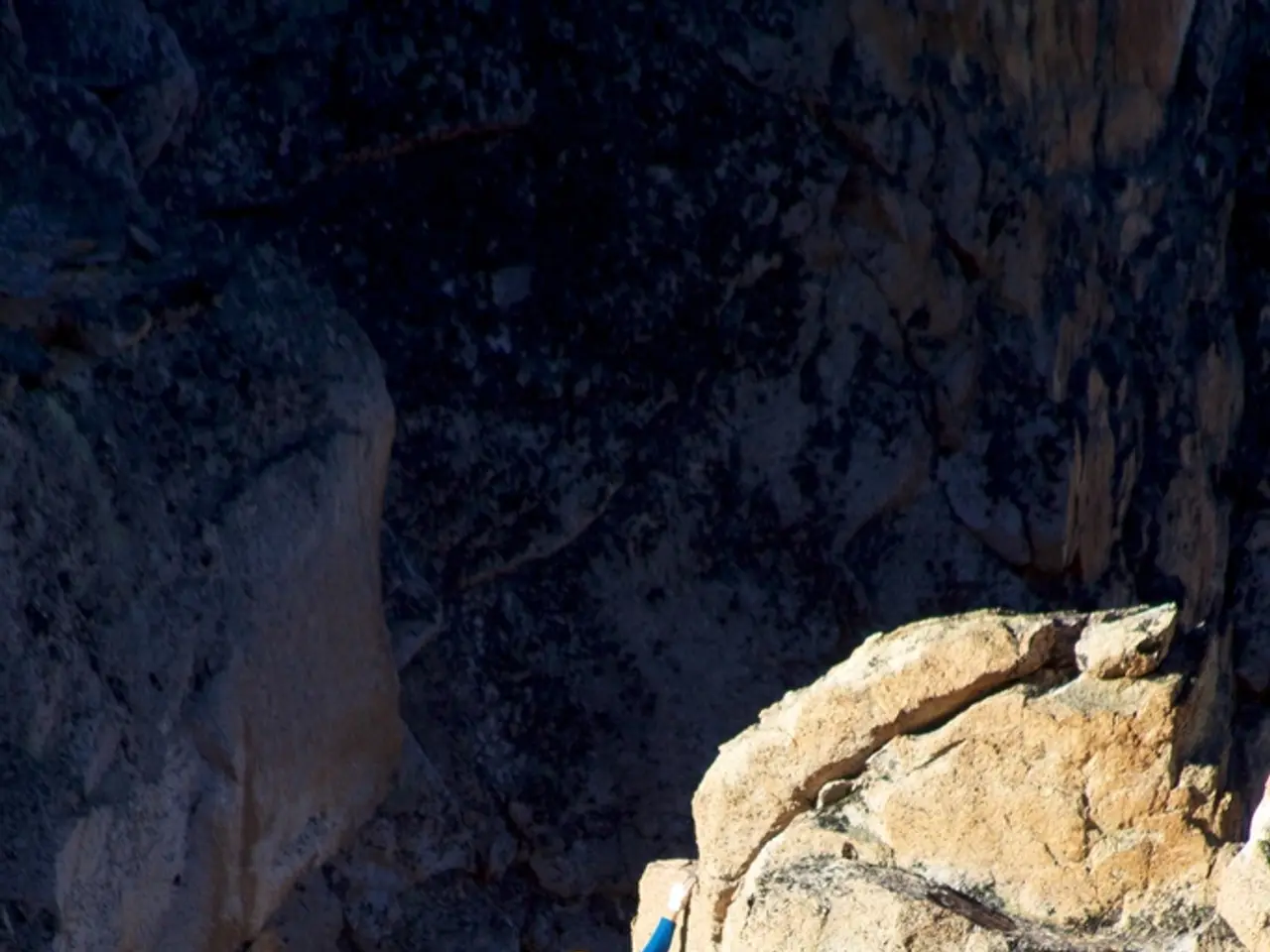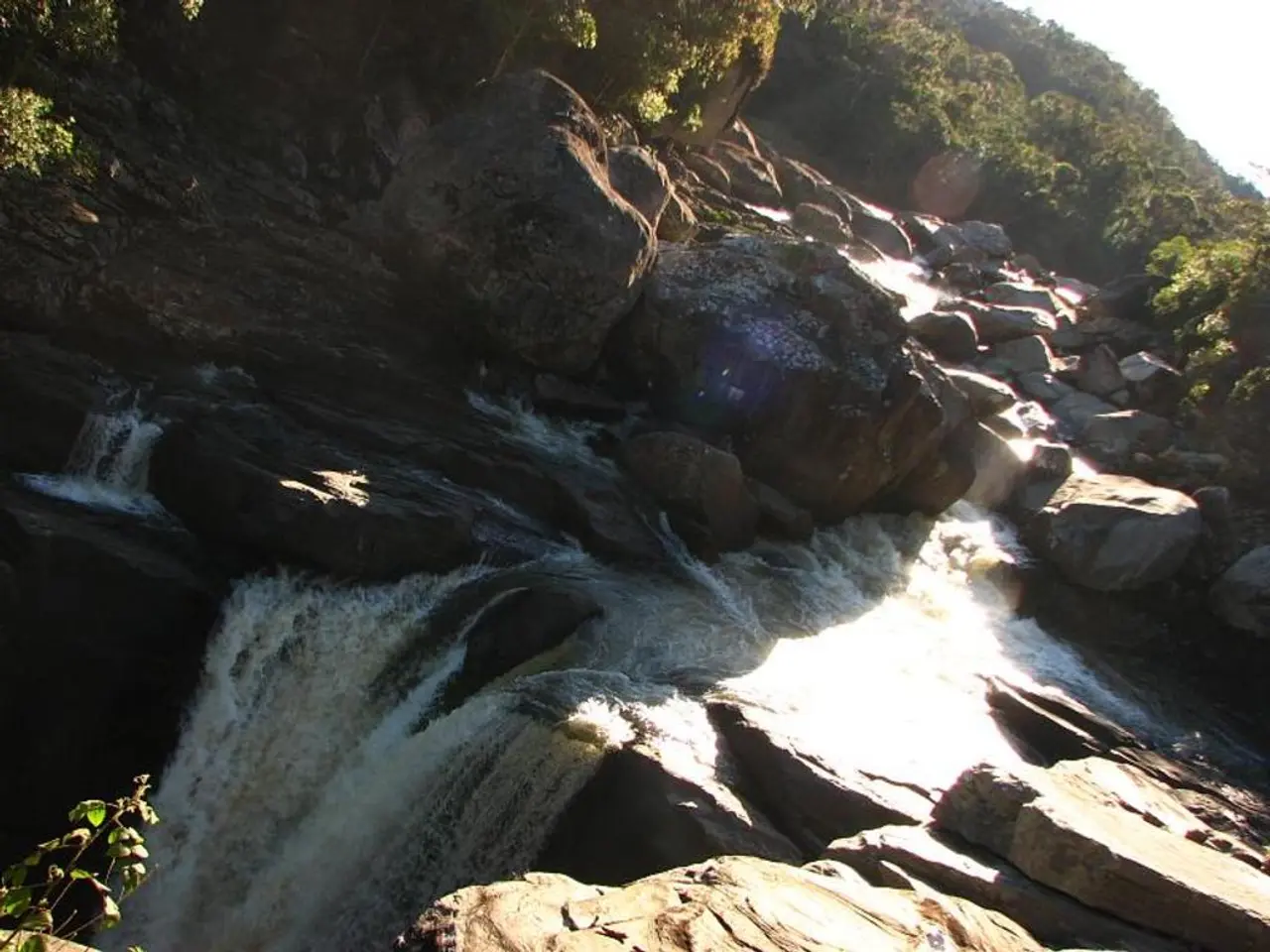Tree branch collapse in Yosemite's Tuolumne Grove results in death of 29-year-old Google software engineer
In a tragic incident on July 19, 2021, at Yosemite National Park's Tuolumne Grove, a 29-year-old woman named Angela Lin was killed by a falling tree limb. Her boyfriend, David Hua, was present during the incident.
The risk of being hit by a falling tree, or a hazard tree, is low but can be deadly. Such incidents have occurred in the past, with another fatality reported in October 2024 on the Four Mile Trail in Yosemite National Park.
Trees in national parks can become structurally unsound and hazardous due to various reasons. Invasive forest pests and diseases, natural aging and decay processes, lightning strikes, and environmental stresses such as storms or soil instability are common causes.
Invasive forest pests and diseases have caused significant biomass loss in eastern U.S. forests, including national parks like Shenandoah. For instance, the chestnut blight eliminated American chestnut populations roughly 120 years ago, and more recent outbreaks continue to kill or weaken species such as hemlocks and ash, opening gaps in the forest and creating structurally weak trees.
Natural causes like lightning strikes can ignite fires that damage or kill individual trees, making them weak and prone to falling. Physical instability can also arise from decomposition of tree trunks in unique environments like sand dunes, creating voids under or near trees—referred to as “devil’s stovepipes”—posing collapse hazards.
Other environmental factors such as storms, soil erosion, or root damage may also contribute to trees losing structural integrity, causing them to fall and potentially damage park infrastructure or threaten visitor safety.
To mitigate these risks, it is recommended to report the GPS coordinates of hazard trees encountered to local authorities. It is also advisable to check the weather forecast for wind gusts and high winds before hiking. Hiking in areas with dense patches of dead trees such as burn scars and beetle kill areas should be avoided.
Clearings should be used for breaks away from trees during a hike. Carrying a satellite communicator such as a Garmin InReach is advisable when venturing into wilderness areas in case cell service isn't available.
In the aftermath of the incident, the National Park Service closed the area for about a week but has not issued a statement. More information on hazard trees can be found in the article on hazard trees.
In the unfortunate event of such incidents, prompt action can save lives. David Hua, Angela Lin's boyfriend, was able to call 911 from the grove and administer CPR, but paramedics pronounced Lin dead on the scene. It is reported that Lin likely died instantly.
[1] National Park Service. (n.d.). Hazard Trees. Retrieved from [insert URL] [2] National Park Service. (n.d.). Sand Dune Forests. Retrieved from [insert URL] [3] Rocky Mountain National Park. (n.d.). Fire Management. Retrieved from [insert URL] [4] National Park Service. (n.d.). Soil Erosion. Retrieved from [insert URL]
- General news outlets reported an increase in car accidents on interstates last weekend, while a separate incident involving a fire at a sports stadium caused delays for spectators.
- In a rare occurrence, a car accident in the early hours of Monday morning led to a small fire, causing a temporary road closure on the highway. The incident is being investigated by the local authorities and the cause remains unclear.








